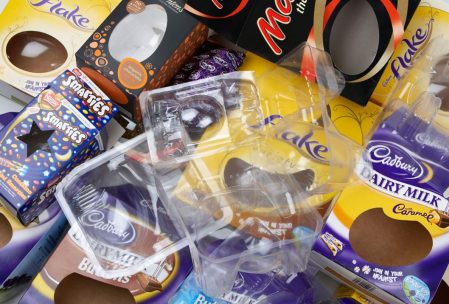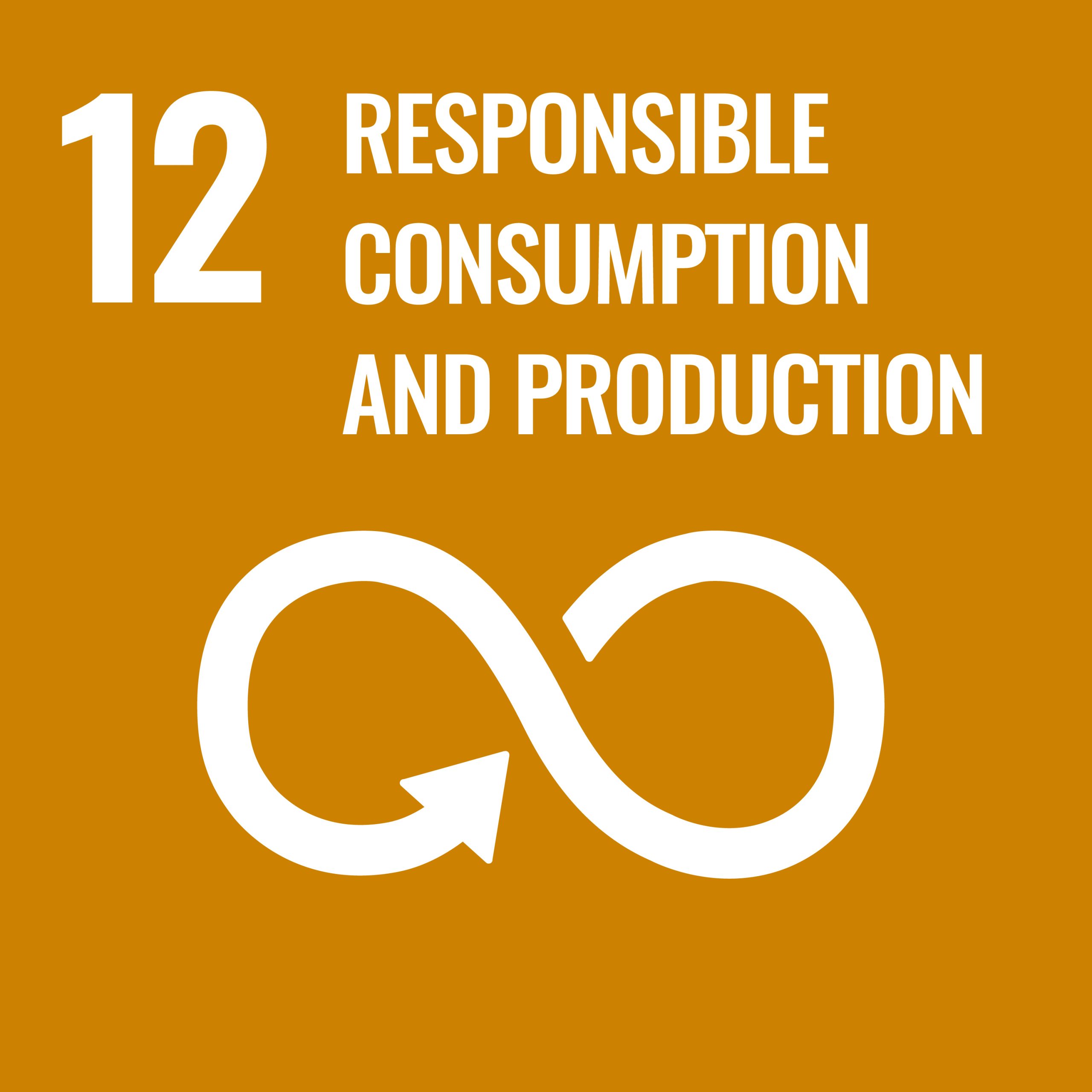Believing or Belonging: How Consumerism Replaced Religion during Easter
Easter in my family has always consisted of my mum giving my dad and my brother Cadbury’s Easter eggs, and myself £5 because I was never bothered about chocolate, She would also buy herself a nice bouquet of flowers or a bunch of daffodils for the living room, and a 6 pack of hot cross buns. On Easter Sunday we’d usually have those for breakfast and a roast dinner for lunch,
You might be thinking to yourself, ‘that sounds like a normal Easter to me, why is she telling us this?’. Well, there is one fact I think is very interesting to note – my mum is atheist, and neither myself, my brother, or my dad are religious. We don’t go to church or follow any other religious practices except celebrating Christmas.
Again, you might think, ‘My family is the same, what’s your point?’. Well that’s my whole point, why do we celebrate religious holidays in secular households, and why has the centre of these holidays become the act of giving and consuming? I think we have all noticed over the years more and more novelty holiday items appearing in retail shops, or even in our homes. Just a quick google search for ‘Easter decorations’ returns over 434 million results for Easter wreaths, bunny figurines, egg-shaped baubles for your Easter tree?!
In 2017, Carolyn Bailey, the homes and garden editor for Good Housekeeping, stated that there was growing consumer demand for more than just chocolate eggs and hot cross buns. In an interview with the Telegraph, she remarked: ‘people now want that extra touch… we’ve seen more people buying gifts and decorations for Easter, including crackers… Easter is becoming a second Christmas’.
“Easter is becoming a second Christmas”
Carolyn Bailey, Good Housekeeping
This isn’t the case for just Easter decorations, but with gifts too. Not only are there the chocolate eggs, with every child in the UK receiving an average of 8.8 Easter eggs every year, but now there are plush toys and Lego, and don’t forget about toiletries sets and champagne for the adults. Writing this now I am laughing to myself asking, why did I get a fiver for Easter? What has that got to do with rebirth of Jesus Christ?
In a fascinating journal article by Helsinki researchers Mikko Kurenlahti and Arto Salonen exploring religion and consumerism in Western secular culture, I read the argument that consumerism itself has become almost an ‘implicit religion’. The term was first coined by Edward Bailey to describe people who may be committed to their religion but do not display behaviours of explicit religion, like attending church. Kurenlahti and Salonen use this terminology to suggest that as society became secularised, consumerism ‘adopted functionalities related to explicitly faith-based traditions within secular settings.’
By this, they do not mean consumerism became a religion, but that patterns of mass consumption have become a way of belonging and finding meaning in a contemporary secular context. You may not be showing a commitment to Christianity, but buying Easter eggs and decorations show a commitment to modern consumer culture. As a 2018 study by the British Social Attitudes Survey found that only less than 52% of the public belong to a religion, Kurenlahti and Salonen suggest the public found their sense of belonging in giving and consuming instead.

However, this has had a major detrimental impact on the environment. Each year, more than 8,000 tonnes of waste is generated just from Easter egg packaging and cards alone. One study found that the packaging around one particular egg weighs just as much as the confectionary itself and Oxfam reports that on average, 200g of chocolate egg comes with 54g of card and 2g of foil.
Now there is argument to say consumer opinion is changing, with people becoming more conscious of the environmental impact of plastic packaging. A survey of around 2000 consumers conducted by Censuswide in 2019 found that 9 out of 10 people (91%) would prefer to buy an Easter egg predominantly packaging in card rather than plastic. Furthermore, 6 out of 10 (61%) said they were prepared to pay for eggs that came in more ‘environmentally-friendly’ packaging. This increased to 76% of people aged 19-29.
This is somewhat encouraging to see, but I can’t help but feel this is missing the point. Rather than asking ourselves, is this chocolate egg packaged in “sustainable” packaging, we should rather be asking is this a good use of our resources? Do I really need to buy this egg at all, no matter what packaging it comes in? I agree that it’s nice to feel a sense of belonging, and this feeling is most prominent during holidays like Easter and Christmas; but you don’t have to consume to belong. Particularly with the current health situation, it’s incredibly important that we prioritise being kind to ourselves and to one another through social interaction, whether that’s within your home or online.
Now that most of us are going to be stuck inside for a while, here are some Easter indoor activities you could try:

Sustainably Speaking
Loughborough University Sustainability Blog